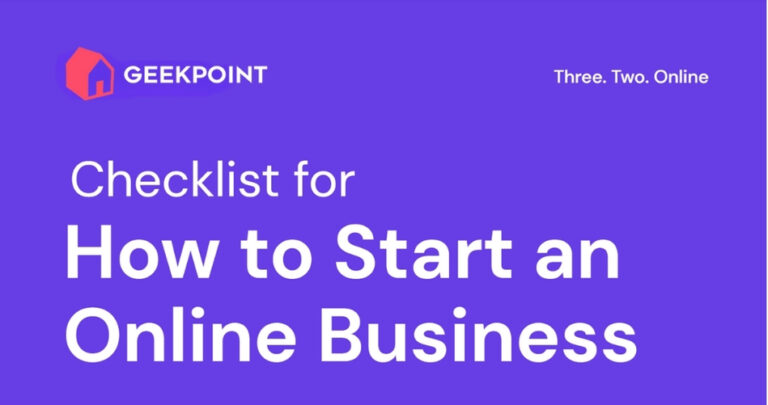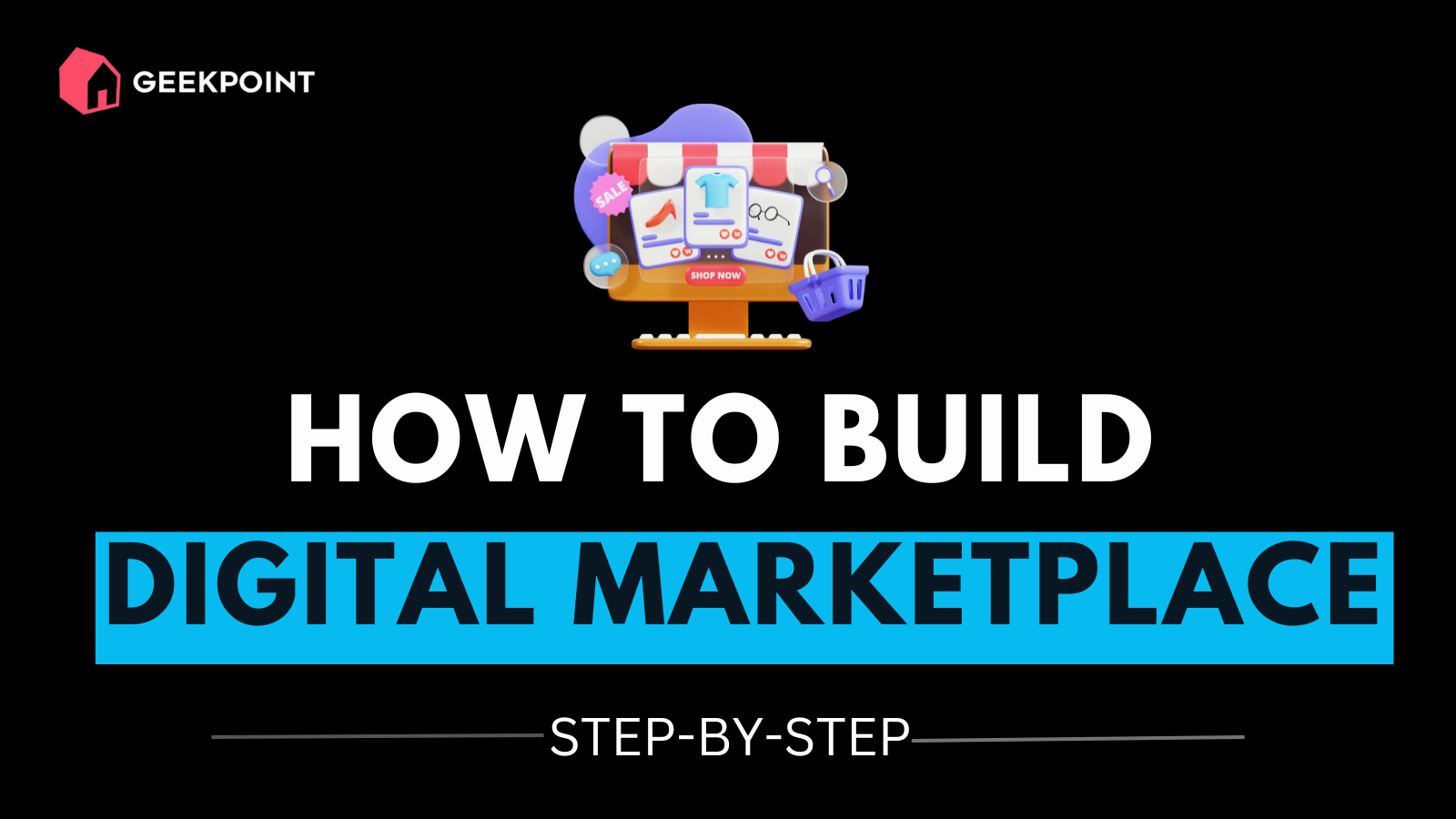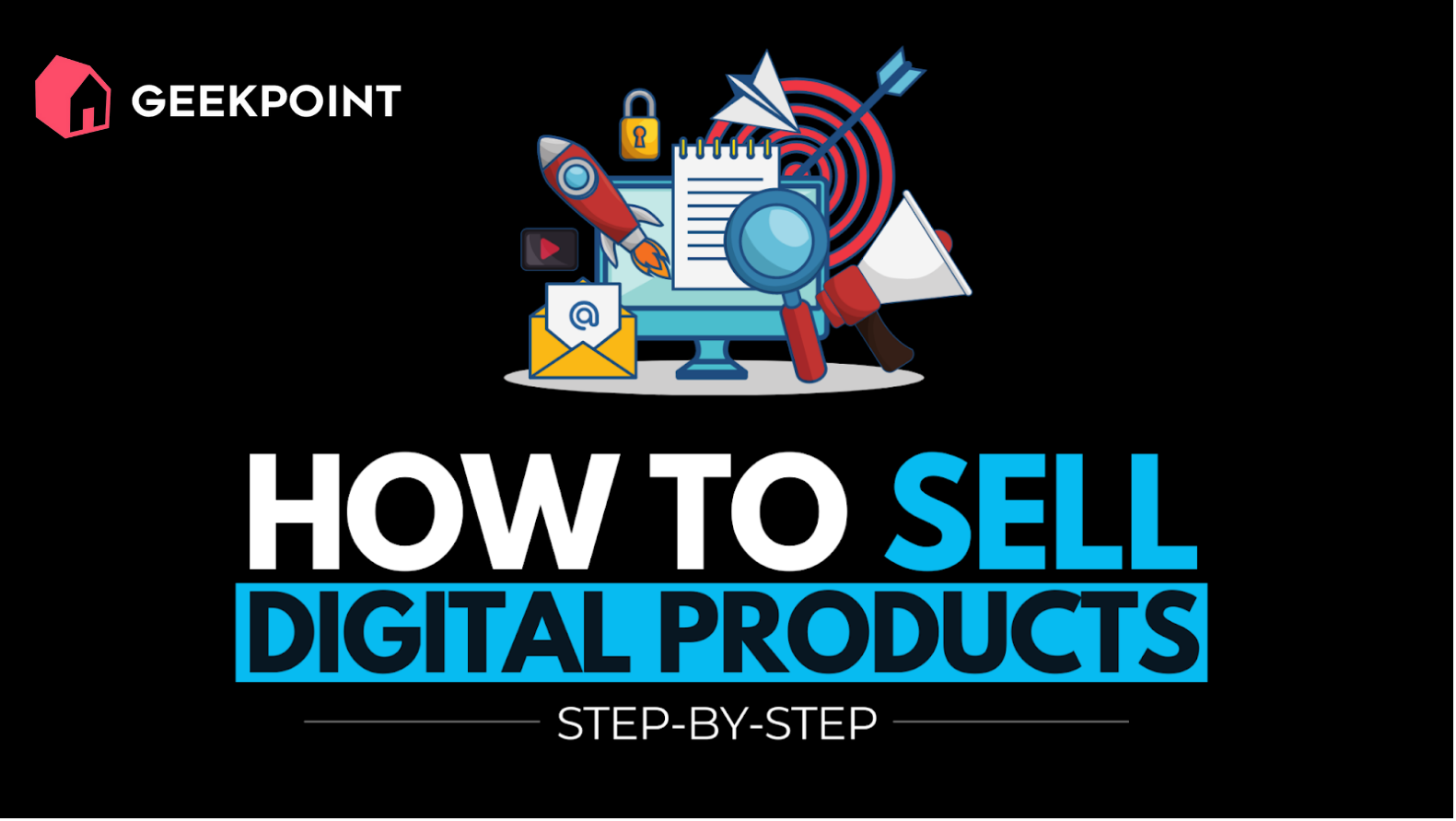How to Start your first successful Online Business in 2024

Table of Contents
Nowadays, thanks to numerous innovative online tools, everyone can start their own online business easily. Make sure not to miss any crucial steps by going through our checklist on how to start a successful online business.
Find and Research Your Business Area
Conduct market research on the potential industries you’re interested in and learn about the businesses already operating within them.
Research a Potential Business Niche
- Decide on a business niche: Find a business area you want to join. Preferably
one that you’re well-versed with or simply have a personal interest in. - Observe trends: Use tools like Google Trends to learn what is currently
trending in your chosen business niche. - Perform long-tailed keyword research : Narrow down your business niche
even further. Look up long-tailed keywords related to the chosen topic using
toolsets like Wordtracker and Ahrefs. For example, you can look up “healthy
meal plans” as part of the larger “health” business niche. - Settle on a sub-niche: Ideally, a profitable sub-niche should have a high
search volume and a low number of competitors.
- Decide on a business niche: Find a business area you want to join. Preferably
Conduct a Competitive Analysis
- Find potential competitors: Search for companies operating in your
chosen business niche and list them. It’s always a good idea to get a
sense of the market you’ll be operating in. - Analyze the features of each company: Create a comparison table
listing the following aspects of each company in your market:
– Market niche
– Products and services
– Locations covered
– Target audience
– Product pricing
– Unique qualities
– Conduct a Competitive Analysis
– Business website
– Marketing tactics
– Customer reviews. - Conduct a SWOT analysis of your online business: Identify your
business’ strengths, weaknesses, opportunities, and threats, and
compare them to the competitors.
- Find potential competitors: Search for companies operating in your
Useful Tools for Competitor Research
- SEMrush: Compare site traffic, marketing strategies, ad campaigns, online
mentions, keywords, and backlinks. - iSpionage: Used for competitors’ research, copywriting, and landing pages.
- Sprout Social: Analyze social media performance to tweak marketing strategies.
- MailCharts: Examine email marketing strategies.
- Buzzsumo: Track content piece performance.
Choose Your Business Model
To make starting an online company easier, choose one of the following four business models:
- Business-to-Consumer (B2C). These companies sell products and services to
consumers for personal use. - Business-to-Business (B2B). This model refers to companies offering products and
services to other companies for further product manufacturing or business purposes. - Consumer-to-Business (C2B). In this type of business, individuals sell their
expertise or services to other companies. - Consumer-to-Consumer (C2C). These individuals buy or sell products and services
from/to each other.
Note that it is also possible to apply two or more business models!
Examples of Online Business Ideas
The following are some viable examples you can apply to your business:
- Create an eCommerce store (B2C, B2B, or C2C)
- Run an affiliate marketing website (C2B or C2C)
- Become a content creator (C2B or C2C)
- Tutor online (C2B or C2C)
Learn About Business Licenses and Laws
Online business regulations, licenses, and permits differ depending on the business, country,
and city. Make sure to conduct proper research to learn about these requirements.
This checklist focuses on regulations for businesses based in the United States.
- Select a Business Structure: The business structure influences personal liability, taxes, fundraising
possibilities, and the paperwork you must file. Some examples of structures
include sole proprietorship, general partnership, corporation, cooperative,
and limited liability company. - Create a Business Name: A good business name should be catchy, unique, represent the brand
identity, and reflect the products and services offered. However, it shouldn’t
be too long as people might struggle to remember it. Use tools such as a
business name generator to help you generate some ideas. - Register Your Business Name: There are three ways to register a business name and get the
government to protect it – Registering a Doing Business As (DBA), an entity name, and a trademark.
The registration may differ according to your state and business structure. Some businesses may qualify for only one type of registration, while others may use all three methods:
- Register your business name as a DBA: Also known as registering for an assumed name, this registration doesn’t actually provide legal protection but is mandatory in most states. Without a DBA, sole proprietorships and general partnerships must operate using the business owners’ surnames.
- Register your business name as an entity: Forming a business entity protects the business name at the state level.
- Register your business name as a trademark: This registration protects the business name at the federal level.
- Create a Business Bank Account: Opening a business bank account lets you spend or receive money
under your business name instead of a personal account. Benefits of
having a business bank account include increased credibility, legal
protection, and access to revolving loans.
Build Your Business Website
Assuming you have already purchased a domain name, here are some additional aspects
of website building you should consider.
Choose a Website Building Platform:
- Choose a hosted website builder if you want to create simple websites quickly and effortlessly. Examples of website builders include Zyro, Wix, and Shopify.
- Choose a self-hosted content management system (CMS) if you want to have more flexibility and full control over your website.
Examples of CMSs include WordPress, Magento, and PrestaShop. - The easiest route: Simply use our drag-and-drop website builder (with readymade themes) and build your website and make it a live in a single click with Geekpoint builder.
Design Your Website:
- Choose a theme: Pick a responsive theme that looks visually appealing and is easy to navigate.
- Customize the theme: Adjust the theme’s layout, fonts, and color schemes according to your liking.
- Add essential pages: These include an “About Us” page, a contact page, and legal pages, which may contain elements like a privacy policy, a disclaimer, and terms and conditions. We recommend consulting a lawyer when writing legal pages.
- Set up the eCommerce functionality: This may differ slightly according to the type of online business you run. For example, some elements to set up for an online store include product pages, payment
gateways, and shipping options. - Review and test the website: Proofread all the text, look for broken links, and try sending some test orders to the system to ensure all of the eCommerce features work properly.
Promote Your Business
- Apply the best search engine optimization (SEO) practices: Study the many
factors search engines take into account when ranking sites and apply them to
your site and content. The higher a site ranks on search engine results pages,
the more people will visit it. - Grow your social media presence: Manage several accounts on different social
media platforms like Instagram, Twitter, Facebook, and YouTube to increase
brand awareness. Bolster audience engagement through regular posts and
genuine interactions. - Engage in email marketing: Use email marketing automation tools like
Mailchimp to send emails to people who signed up for your newsletter. Emails
may contain such information as updates or promotions.
Track Your Success
- Monitor web analytics: Use web analytics tools like Google Analytics to track
various metrics like traffic, bounce rates, dwell time, and conversion rates. - Adjust strategies accordingly: Evaluate what worked and what didn’t, and use
the data to shape your future business decisions.
Bonus Tips for Starting an Online Business
With a Limited Budget
- Consider dropshipping: The dropshipping model lets you act as the middleman
between the customer and the supplier, allowing you to sell products without
stocking inventory. As such, starting this type of business requires low startup costs. - Use guerilla marketing tactics: These strategies market a business through
unconventional methods to drive brand publicity, often with no or low costs.
Examples include viral marketing and promotional events held in public places. - Invest in pay-per-click advertising: Google Ads offers an affordable pay-per-click
(PPC) advertising system, letting you pay for an ad only if someone clicks on it.
Conclusion
In conclusion, starting your first successful online business in 2024 requires a combination of careful planning, consistent effort, and adaptability. Begin by identifying a viable niche and conducting thorough market research to understand your target audience. Create a detailed business plan that outlines your goals, strategies, and financial projections. Invest in building a professional online presence through a well-designed website and active social media engagement. Utilize effective marketing strategies, such as content marketing, SEO, and paid advertising, to attract and retain customers.



